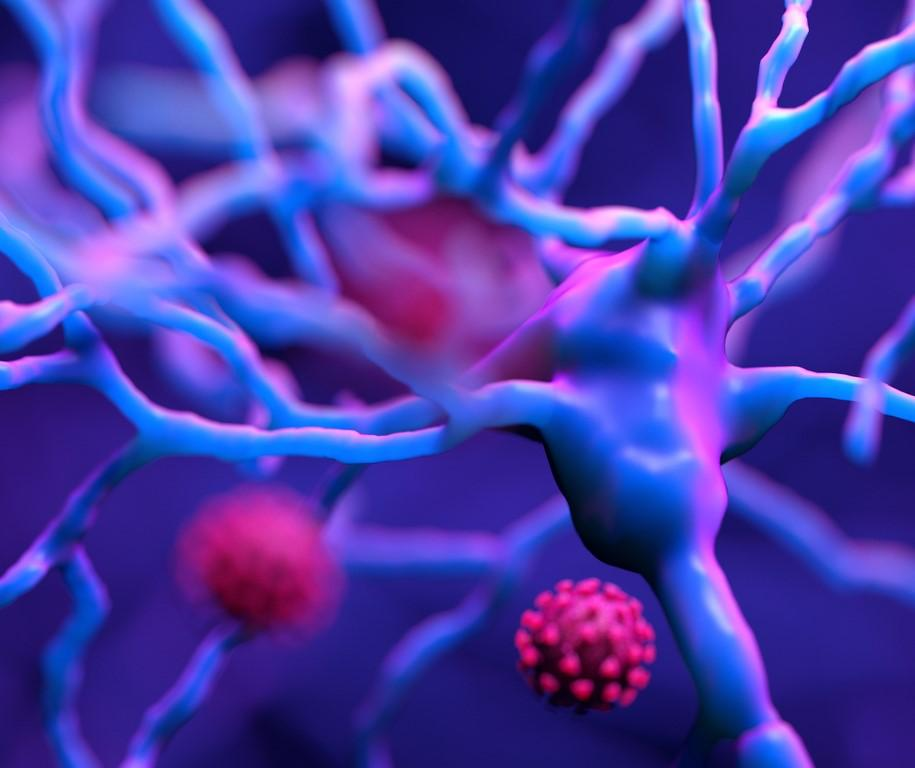Researchers in China report thinning of the gray matter and other changes in certain parts of the brain in 61 men after COVID-19 Omicron infection.
For the study, published late last week in JAMA Network Open, the researchers evaluated 61 men before and after infection with the SARS-CoV-2 Omicron variant in January 2023. The men had been part of a larger cohort who had undergone magnetic resonance imaging (MRI) and neuropsychiatric screenings before infection in August and September 2022. Average age was 43 years.
The researchers collected MRI and neuropsychiatric data after COVID-19 infection and tracked clinical symptoms for 3 months. The average interval from infection and MRI scans was 22 days. Twenty-nine participants received at least one dose of COVID-19 vaccine, 17 received three, and 15 didn't report their vaccination status.
Links to anxiety, word fluency
After infection, Beck Anxiety Inventory scores were significantly higher (median, 4.50 to 4.00), while depressive distress scores were significantly lower (median, 18.00 to 16.00). The most common symptoms after infection were fever, headache, fatigue, muscle pain, cough, and shortness of breath.
Of 17 participants who completed 3-month follow-up, fever (64.7% vs 11.8%), muscle pain (58.8% vs 17.6%), and cough (70.6% vs 23.5%) had improved significantly since infection.
In this cohort study of male patients infected with the Omicron variant, the duration of symptoms in multiple systems after infection was short.
In certain regions of the brain, gray-matter thickness had thinned, and the ratio of right hippocampus volume to total intracranial volume was significantly reduced after infection. Gray-matter thinness was negatively correlated with anxiety scores, and the ratio of the right hippocampus to total intracranial volume was positively correlated with Word Fluency Test scores.
"In this cohort study of male patients infected with the Omicron variant, the duration of symptoms in multiple systems after infection was short," the study authors wrote. "Changes in gray matter thickness and subcortical nuclear volume injury were observed in the post-Omicron period."
The results, they said, shine a light on the emotional and cognitive mechanisms of Omicron infection, show its link to nervous system alterations, and confirm that imaging can enable early detection and treatment of neurologic complications.

















